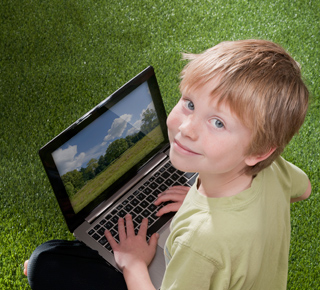Key Stage 1 Computing
Algorithms, Instructions, and Staying Safe
These quizzes are designed for children aged 5 to 7, supporting classroom learning through gentle humour, repetition, and playful challenges. They cover everything from online safety to simple coding tasks like giving instructions to a robot or spotting mistakes in a step-by-step activity.Whether it’s identifying hardware like a keyboard and mouse, or learning how to stay safe online, these quizzes are a great way to build digital confidence. They reinforce key ideas and give children a chance to practise in a relaxed environment.
Computing at this stage isn’t about typing speed or tricky tech terms — it’s about getting comfortable with digital tools and having fun along the way.
National Curriculum Guidelines for Parents and Teachers
The National Curriculum for KS1 Computing encourages children to explore the basics of how computers and digital devices work. Pupils begin by learning to use simple programs and understand how instructions (called algorithms) control devices.
They’re also introduced to the idea of correcting mistakes — for example, fixing a set of steps if a drawing goes wrong, or identifying an instruction that leads a robot the wrong way. This is called "debugging," and it's all about problem-solving in a fun, hands-on way.
Other key areas include understanding how to stay safe online, using technology responsibly, and recognising common digital tools such as keyboards, tablets, and simple coding platforms. Pupils also begin to create digital content — such as pictures, music, or short texts — using age-appropriate programs.
By the end of KS1, children are expected to understand that digital devices follow instructions, to spot and fix basic errors, and to use computers confidently for simple creative tasks.

























